Pentax K3 III first impressions

The Pentax K3 III has been a long time coming. The original K3 was released back in November of 2013 and then there was what could be considered a minor update with the K3 II in May of 2015. A lot has happened in the world of digital cameras in that time. The fixed lens camera market has practically collapsed replaced by cell phones and most of the major camera makers have been developing mirrorless camera systems and working to convince everyone to buy them and an all new set of lenses to go with. The thing is though every new camera development just expands the envelope of photography marginally. Used to its best nearly every camera of the last 7 years will produce good results. Back in the heyday of the film SLR a camera being relevant for 10 years wouldn’t be out of the norm with maybe some small change to keep the marketing going. The point I’m getting to is with a camera design that is already very good it’s going to be difficult to make giant leaps forward. Mirrorless cameras seem like that giant leap but does the end result prove that out or are the images indistinguishable between different cameras and from cameras that came before?
With all that said and nearly eight years between the original K3 and the K3 III how has Pentax been able to expand that envelope of image making. On the ergonomics and viewfinder side Ricoh (they own the Pentax brand) have taken great pains to explain how they made small adjustments to virtually every element from the placement of controls to the choice of the shutter button switch. But more than any other element of the new camera Ricoh has touted the new optical viewfinder with its 1.05X magnification which they claim gives it the same viewing experience as a camera with a larger sensor like the “full frame” Pentax K1. All these little touches, and there are many more, make using the camera better but does that result in better images? That’s unlikely unless being pleased makes you a better photographer.
Before going on I want to briefly bring up how quick the Pentax KIII mirror return is. When I took my first photo I was startled by how short the blackout was. I pressed the shutter and snap it was done. Ricoh says they have completely redesigned the mirror drive mechanism to achieve this with additional benefits of a faster frame rate and more time for continuous exposure and autofocus measurements
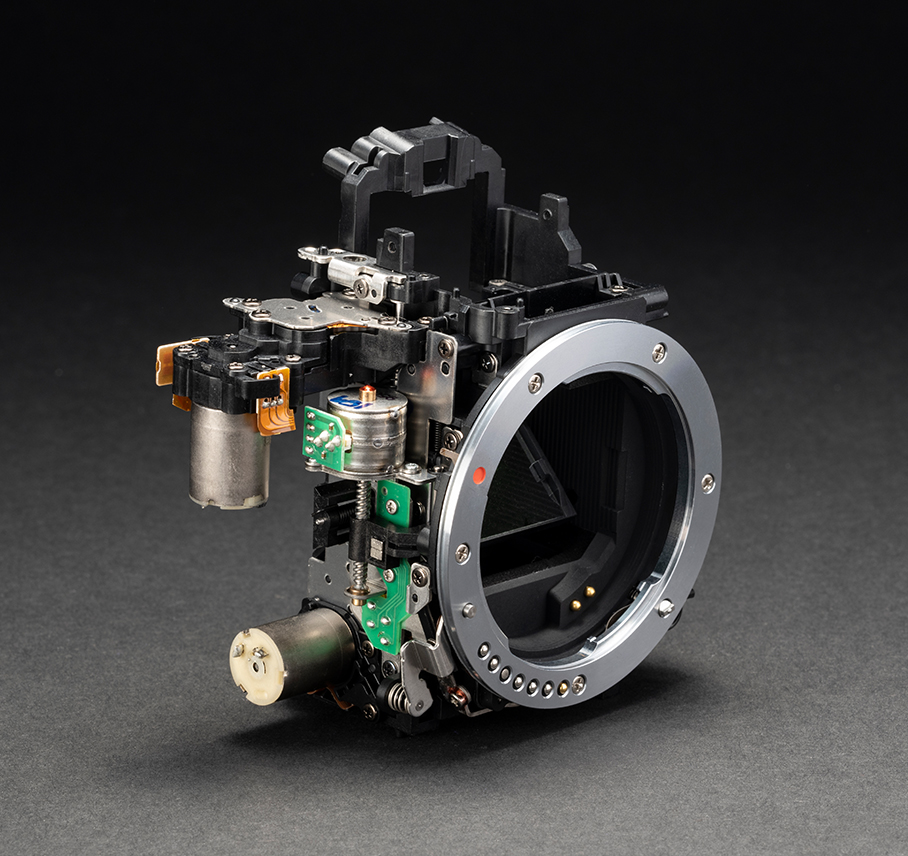
So then in what areas are there changes that could result in better images and an expanded envelope of photography? Starting with low light the K3 III has a stated Upper ISO limit of 1,600,000 a number so large it lacks context. So let’s put that into perspective. A fast but grainy film would likely be 1600 ASA (ISO = ASA for our purposes) so let’s say your taking a night scene at f4 and 1/30 of a second with that film what would the upper limit potential of the K3III be in the same situation. The progression of sensitivity speed would go up from there like this: 3200, 6400, 12800, 25.6k, 51.2k, 102.4k, 204.8k, 409.6k, 819.2k, 1.64Million. That’s 10 orders of magnitude greater than the 1600 we started with. If you kept the aperture at f4 and only increased the shutter speed as you increased the ISO you would hit 1/8000 of a second before you reached 1.6million ISO. So really it’s not a particularly useful setting beyond a demonstration of the claimed improvements over previous cameras and that may mean that some of those still high but reasonable ISO settings are expanding what can be captured in dim light. There is going to be a limit to how useful some of these high ISO are and I’m not sure why they included the top few at all.

I ran a little comparison of the original Pentax K3 against the Pentax K3 III at various ISO’s using a scene I set up and natural light. For both cameras I used aperture priority with an f stop of f7.1 and the Pentax D-FA 100mm f2.8 WR macro. I let the camera increase the shutter speed as I upped the ISO settings. All the images were shot in RAW and then imported into ACDsee with no further editing being done just a side by side view of each pair. The cameras were placed at the same exact location so at times you can see the slight difference in image size between the 6016×4000 pixel sensor in the K3 and the 6192×4128 pixel back side illuminated one of the K3 III
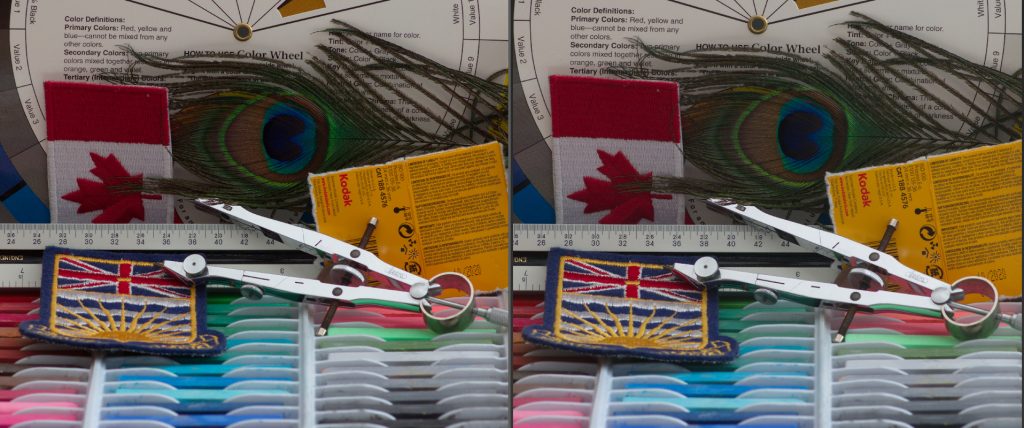
As you would expect at the starting point of 100 ISO both cameras provide clean detailed images to the point where I decided to save time and jump up to 800 ISO as the starting point.

Even at a setting of 800 ISO its hard to see much difference between them but the K3 III image is a little flatter which is fine for a RAW file waiting for the photographer to make it look as they choose.
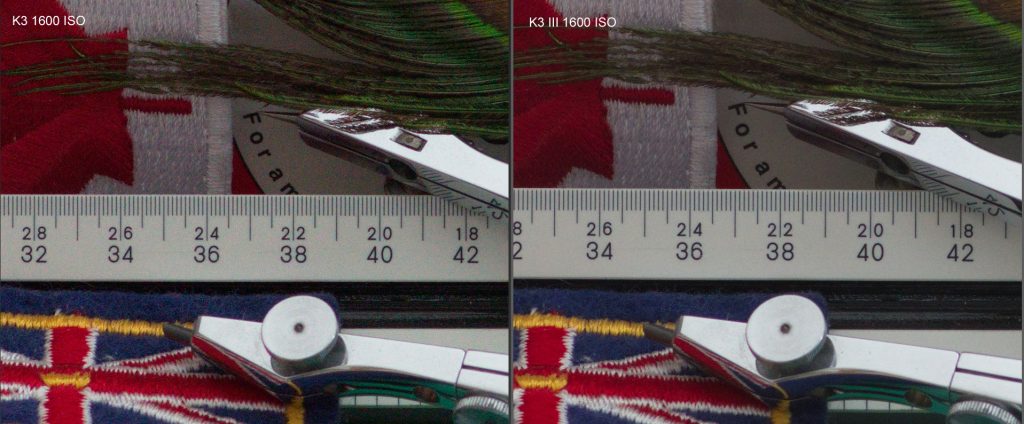
Here at ISO 1600 is where we start to see some differences between the two cameras performance. Continuing on with ISO 3200 we can see the gap widen.

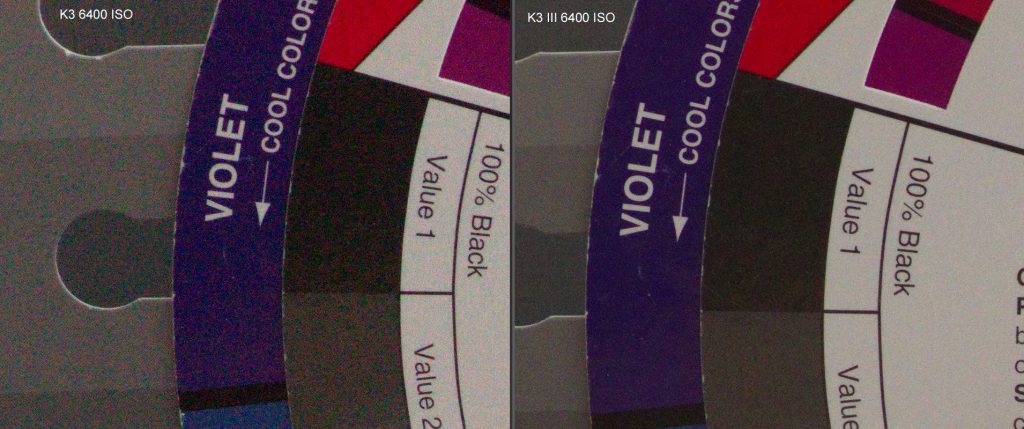

Now at ISO 6400 we’ve reached what may be considered the upper useful limit for the original K3 and not really for all situations requiring full size images with detail. The new camera though in my opinion is still producing good images that with a little noise reduction could be used similarly to any images taken with a lower ISO.



Arriving at ISO 51,200 not only is this the upper limit that we can set with the original K3 but that the images are far noisier than the K3 III

Backing up a little above is a comparison of the K3 at ISO 3200 and the K3 III at ISO 12800 settings which seem to give a similar level of noise performance pointing to an increase of about 2 stops.

There is not much point going higher with the ISO settings as the usability of the images becomes questionable. I will show the difference between the unedited RAW and an out of camera Jpeg taken at ISO 51200


And finally on the image quality front above is the subtle difference between a non pixel shift image and a pixel shift.
The image stabilization is said to be greatly improved but frankly to test that empirically and not just subjectively which is what is needed It would require more effort than I am willing at this point to put into that. Perhaps at a later time but it is certainly good as I was able to take numerous hand held macro shots during a walk around.
Another area that is claimed to be improved is the autofocus. The autofocus coverage of the image area has expanded as has the number of autofocus points. Additionally and what has been one of the major marketing pushes of mirrorless cameras the K3 III has the ability to detect a subjects eyes and focus on them. To do this in combination with the standard autofocus sensor they employ the metering sensors pixel array to do subject recognition.
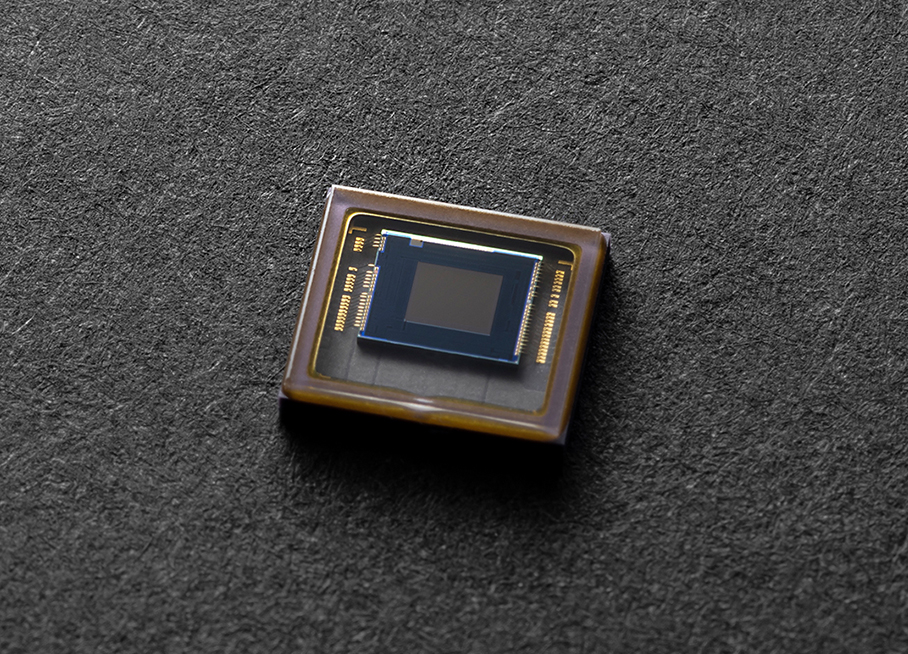
How well this works is one of the primary questions that people interested in this camera have.
Without much effort I was able to test the eye tracking feature as I was taking photos and could see when a person was in view and the autofocus set to auto the camera would select a point at the persons eye and track it. In this case it did so through the mesh of a screen door.

Sticking with autofocus another burning question would be how well does it track in continuous autofocus. I have to confess that is not a mode I use often for starters most of my cameras don’t even have autofocus (I primarily shoot with older film cameras) but Im writing this as much for the broader world as I am testing the cameras abilities for myself. With the limited activities and travel at the moment it’s necessary to be a little creative with what I’m photographing to test this capability.
My initial testing was just playing with the camera pointing it at birds to try to figure out what worked best. I found that using a limited number of selected points while allowing tracking gave me the best results for small birds as I could point the camera to what I wanted it to focus on and then it could track that. If you use all the available focus points in the auto mode of focusing the camera will decide what the main subject is. The results were pretty good but my ability to photograph birds was not. A Heron took flight when I first arrived and had the camera set to all available focus points and only single shot drive. I did fire off a few shots and the camera tracked the bird as it left me behind. Birds in flight are not my forte.

Connectivity.. . The original K3 had the ability to provide some remote functionality through a specific Wi-Fi card in the second card slot. The ill named Flucard was activated as a Wi-Fi hotspot and then using a device connected to that hotspot you could see a live image from the camera, adjust settings and trip the shutter. You can then transfer JPG images to the device if you choose It is all quite cumbersome. So what improvement is there in this area with the K3III? The fact that Ricoh provides a separate guide to wireless connectivity is a good sign. Not only is there Wi-Fi but Bluetooth has been added as well as the ability to use the GPS on the device for geotagging images. I was also able to set the time more precisely on the camera through the connection to my cell phone.
Going back to my initial statement around ergonomics a lot of discussion occurred prior to the release of the K3III and also now that it’s out in the wild about it not having a tilting or articulated rear LCD panel. There is no denying the usefulness of being able to alter the angle of the screen in difficult situations. Such as shooting low to the ground or over your head among others. So is the Wi-Fi control a worthy substitute? I’m going to start from the position of no it can’t be and see if I can be convinced otherwise.
After setting up the Bluetooth link I was able to additionally connect via Wi-Fi without any further effort. All that was required was a tap of a button on the app and the two devices set it up between them. I now have what amounts to a detached screen that I can use in place of the fixed one on the camera. The live view using my phone is responsive enough for composing landscape images so for tripod work it is fine. It lacks the convenience though of tilting the screen handheld as you now have a phone in one hand and a camera in the other. So its a bit of a wash, pro that it is effectively a detachable screen that you can use anywhere around the camera and con that its not attached to the camera.

The five user modes are a good place to store settings for specific shooting instances. I plan to use a couple of the slots for night time and low light settings and after playing around I now have one called ‘birds’.
A new feature on the K3iii is depth of field and motion bracketing these are in addition to the more familiar exposure bracketing. The former ones retain the same exposure between the three shots altering either the shutter speed or the aperture. An interesting use of depth of field bracketing would be to simulate a smooth transition focus lens. By capturing three images with slightly different apertures but the same point of focus and then combining them together in post processing you can create smoother out of focus areas. This is a technique built into the Minolta Dynax 7 SLR although the Minolta does it in camera on the film with multiple exposures. Personally I would like to see this implemented in the K3III everything required to do it is already built into the camera it would take very little effort to do.
Each of these new bracketing modes is only available within their respective exposure mode. Shutter priority or Aperture Priority so don’t go looking for them when set to Program mode or similar. I absolutely did not panic thinking that it wasn’t included until I figured that out.
Another area where changes have been made is In the handling of older lenses without the A setting. The improvement is that with previous models it was necessary to use the green button in manual mode to stop the lens down to take a meter reading. Now the K3 III can perform this stop down just an instant before taking the image allowing for aperture priority mode. In conjunction with that you can set the recorded aperture for the image EXIF but it’s up to the photographer to make sure it matches what the lens is set to.

I tested this out with an old Vivitar 28mm f2.0 lens without an A setting and each time I varied the aperture the camera was able to keep the same overall exposure by varying the shutter speed. This is a major improvement in the operability of using old glass.
One of the small touches to improve operation is the ability to set an exposure time for bulb mode. Available on the Pentax KP but missing from the original K3 and K3II it required some way of locking down the shutter such as a remote cable release. Now you can select from 1 second to 20 minutes. This is something I will definitely put to use.
There are many improvements small and large so I cant cover them all in this one post but the K3 III is an impressive camera. This concludes my initial first look at the Pentax K3III as I want to get out there and shoot some more with it.




















April 30th, 2021 at 4:42 pm
[…] Pentax K-3 III first impressions (with sample photos) […]